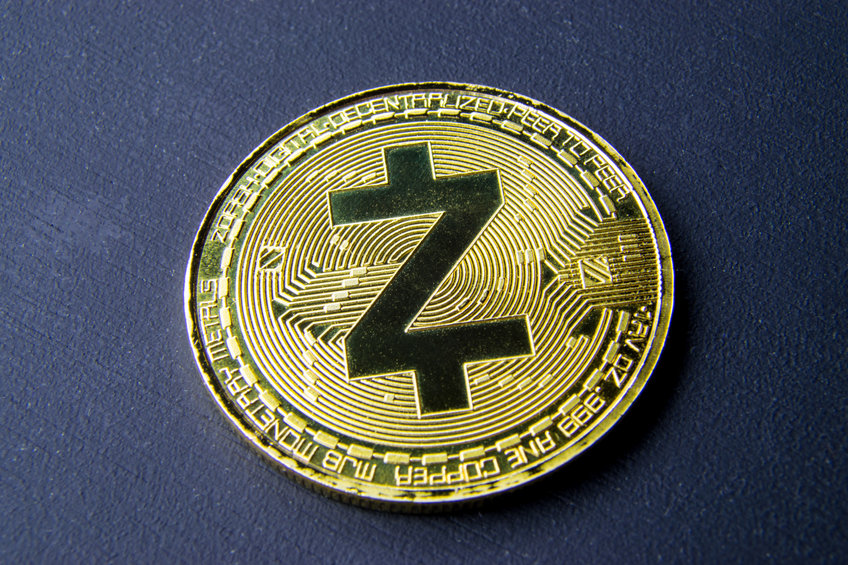- ViaBTC controls over 51% of Zcash hashrate, Coinbase said in a report.
- If a mining pool controls more than half of the hash rate, it poses a 51% risk to the Zcash network.
- Coinbase has taken steps to protect its users, including increasing the Zcash confirmation threshold to 110 blocks.
A report from Coinbase’s security team claims that the network hashrate distribution of the proof-of-work cryptocurrency Zcash (ZEC) is significantly imbalanced. Notably, over 51% of the hash power distribution is controlled by a single mining pool, ViaBTC.
51% attack risk
Coinbase said in a blog post today that based on the observations, the Coinbase team has taken several steps to try to mitigate the potential risk. Because this is likely to present centralization risks (in this case, a 51% attack), the US-based company said it has increased the Zcash transaction confirmation threshold to 110 blocks.
This increase means that Zcash deposit times will increase from approximately 40 minutes to 2.5 hours, which is intended to reduce the risk of network manipulation in terms of double spending or fraud in transactions.
Coinbase also moved the Zcash market to “cap-only” to reduce the potential impact of volatility. The exchange has also reportedly worked with both ViaBTC, which advocates a more decentralized mining deployment for ZEC, and Electric Coin Company, the group of developers behind Zcash.
“We share concerns about the risks of mining centralization and have provided recommendations on a variety of options that can be implemented to reduce the risk of a 51% attack on either side,” Coinbase’s security team wrote.
Zcash developer ECC acknowledged the concerns raised by Coinbase and confirmed that discussions have taken place.
ECC is aware of this issue and we have had the following conversation: @Coinbase, @ViaBTCSecurity Director of Zcash, and @ZcashCommGrants. important: #Zcash is a decentralized, open-source network with no “lead developers,” “publishers,” and no organization that controls it. 🧵 https://t.co/X2a16x4xDQ
— Electric Coin (@ElectricCoinCo) September 19, 2023
A 51% attack on a PoW blockchain can occur when more than 50% of the network’s computational power (hash rate) is under the control of a single miner or mining pool. In this case, companies can leverage hash power to launch double-spend attacks or censor transactions, resulting in the loss of users or exchange funds.
The top 51% attacks occurring in the cryptocurrency industry include Ethereum Classic, Bitcoin SV, Bitcoin Gold, Verge, and Vertcoin.
ECC plans to move Zcash to a proof-of-stake consensus mechanism, an achievement that Ethereum achieved with its Merge milestone in September 2022.
Moving Zcash to proof-of-stake is one of the ECC’s four key focus areas. @nate_zec We are committed to PoS R&D with significant support from . @feministPLT.
— Electric Coin (@ElectricCoinCo) September 19, 2023

